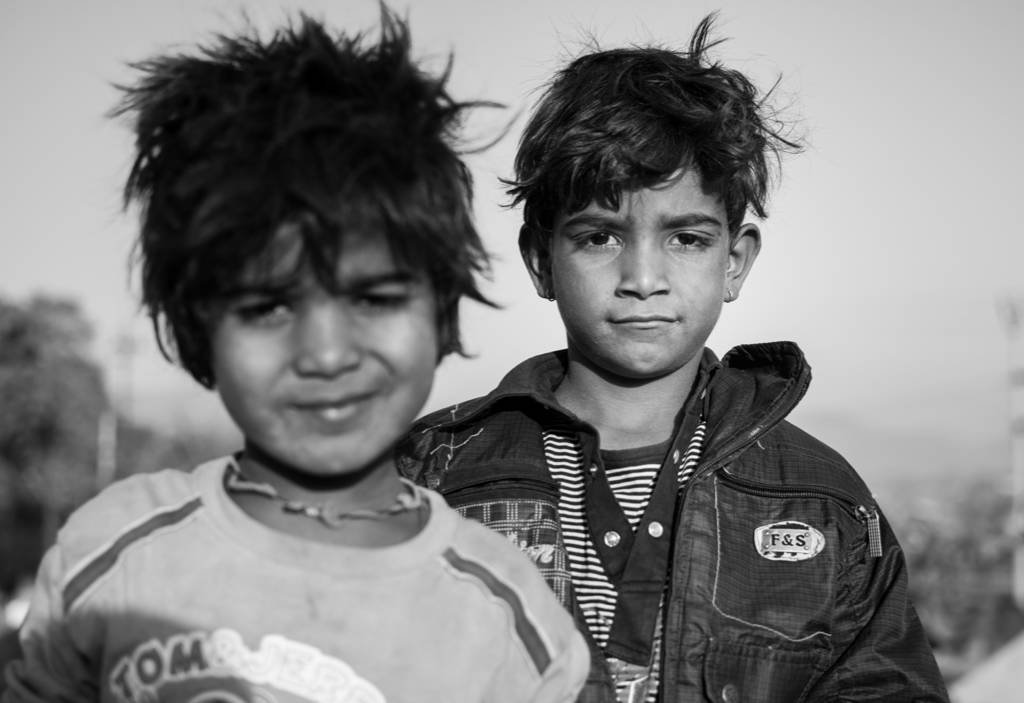Children and War Foundation
The Children and War Foundation (CAW) is a non-profit organisation dedicated to improving children’s lives after wars and disasters.
When disasters and war strike, so many children are affected. CAW has developed methods which enable us to reach out to large groups of children by helping them cope with their fear and trauma.
Proven Methods
CAW has developed methods and measures which enable us to reach out to large groups of children psychologically affected by trauma.
Our evidence-based tools, i.a. the manuals and questionnaires, have demonstrated their value and effectiveness across diverse cultures and situations. Our world is all too frequently no place to be a child. Wars and disasters can disrupt and ruin their lives both in the present and in the future.
We provide questionnaires that make it easy to identify high risk children after a traumatic event. Secondly, the Teaching Recovery Manual (TRT) is a widely used method for reducing the psychological after- effects of war or disasters. To mention some examples, TRT has proven to be very effective in reducing the effects of trauma following natural disasters such as earthquakes in Greece, Turkey, China and Iran, after the tsunami in SouthEast Asia, and in relation to conflicts in Africa, Sri Lanka, Palestine, Syria and Iraq. Using the manual, children’s groups can be led by teachers or other trained personnel. It does not require highly trained mental health professionals who are often unavailable in large-scale situations.
How we work
We have developed methods and measures that enable us to reach out to large groups of children around the world. Our methods are explained by our experienced team member Masa Al-kurdi.
Video production: Snau Media
Video production: Snau Media
Children are increasingly the victims of war and war-like events. Bombing and shelling, killings, and terrorist acts affect hundreds of thousands of children each year. Many children have fled these situations, and experience further danger as part of fleeing. As the number of affected children has risen over the years, professionals who work with children in war zones have sought new ways to help them. It is now recognised that early help for children in how to cope with the stresses of war and being a refugee can be beneficial and may prevent later problems from developing.
When whole countries and communities are affected, it is often a priority to provide assistance for large numbers of children as quickly as possible. Our aim is to do just that. Our manuals are the result of years of direct experience of working with child survivors of war and disaster, their teachers and carers, in diverse cultures and across many faiths. It is designed to help you teach children in a step by step practical way skills and techniques which are helpful in coping with the psychological effects of disastrous events. It is intended for use by teachers, youth workers, pedagogues, psychologists, counsellors, community leaders or other childcare professionals, after some preliminary training. This is not a treatment manual but is designed to prevent the need for later treatment. Children who have learned and practised the techniques contained here will be less likely to need specialist treatment in the future. Nevertheless, some severely affected children will continue to need further help.
Our methods have proven very effective in reducing the effects of trauma following natural disasters such as earthquakes in Greece, Turkey, China and Iran, after the tsunami in SouthEast Asia, and in relation to conflicts in Africa, Sri Lanka, Palestine, Syria and Iraq to mention some.
We have also developed questionnaires that make it easy to identify high risk children soon after a traumatic event and measure the effect of the intervention. These measures are available for free.
Caw is administered by devoted professionals without fee, so we do not have to spend any of our resources on administration

